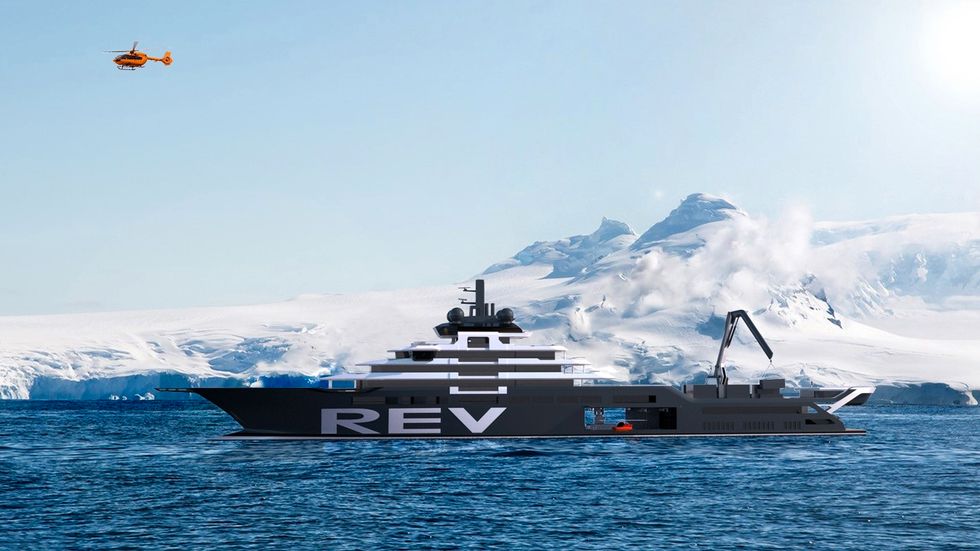
Seabirds like the puffin are cute and curious things, and it turns out that if we help them thrive we can help the carbon cycle. Habitats that are good for seabirds can sequester carbon efficiently and due to the level of nutrients can provide energy for other lifeforms. The key for seabirds is their colony size, right now they are tiny and spirited; instead, by getting colonies to be in the same area the benefits are exponential due to more robust biodiversity.
Restoring seabirds could bolster ocean ecosystems and their ability to draw down carbon dioxide, said Hans-Otto Pörtner, a climate scientist at the Alfred Wegener Institute in Germany, who recently co-authored a research paper in Science that spells out the the connections between biodiversity, ecosystem protection and climate stabilization.
In addition to direct CO2 emissions from burning fossil fuels and other industrial processes, the disruption of ecosystems and biodiversity declines have also significantly contributed to rising atmospheric greenhouse concentrations that are heating up the planet, he said.
“Biodiversity loss contributes to climate change through loss of wild species and biomass,” the paper concluded. “This reduces carbon stocks and sink capacity in natural and managed ecosystems, increasing emissions.”


